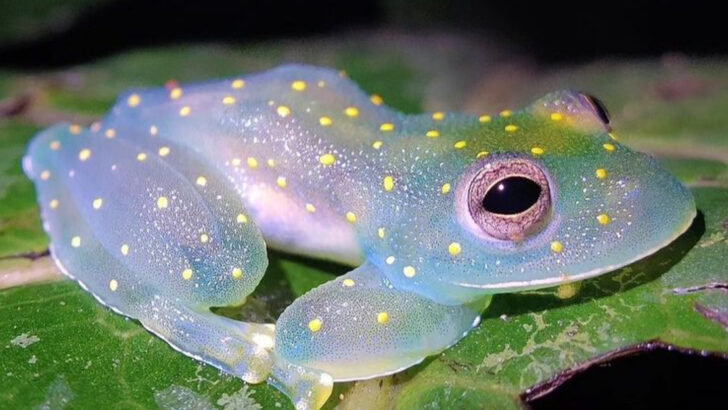Some animals look so strange, they make sci-fi creatures seem lazy by comparison. We’re talking glowing bodies, transparent skin, and faces only a deep-sea trench could love. These aren’t distant alien species—they’re real, living beings sharing the planet with us. And somehow, nature gave them features that feel more Star Wars than National Geographic. You won’t find these oddballs in your backyard or local zoo. Many of them live in places humans rarely go—dark ocean floors, pitch-black caves, or dense rainforests we still haven’t fully explored. That’s part of what makes them so fascinating. Each one is proof that nature doesn’t follow our rules. It experiments. It gets weird. And sometimes, it creates something so bizarre, you can’t help but stare.
Narwhal
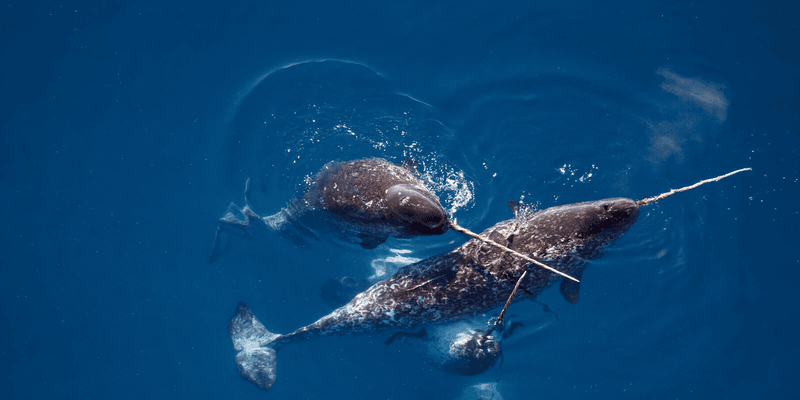
Known as the unicorn of the sea, the narwhal boasts a long, spiraled tusk that resembles mythical creatures’ horns. This Arctic-dwelling whale uses the tusk, actually an elongated tooth, for sensing the environment and social interactions. Seen breaking through icy waters, the narwhal’s tusk can grow up to 10 feet long, adding to its enigmatic allure. Researchers believe the tusk helps in detecting changes in the water’s salinity and temperature, making it an essential tool for survival in the harsh Arctic habitat.
Vampire Squid
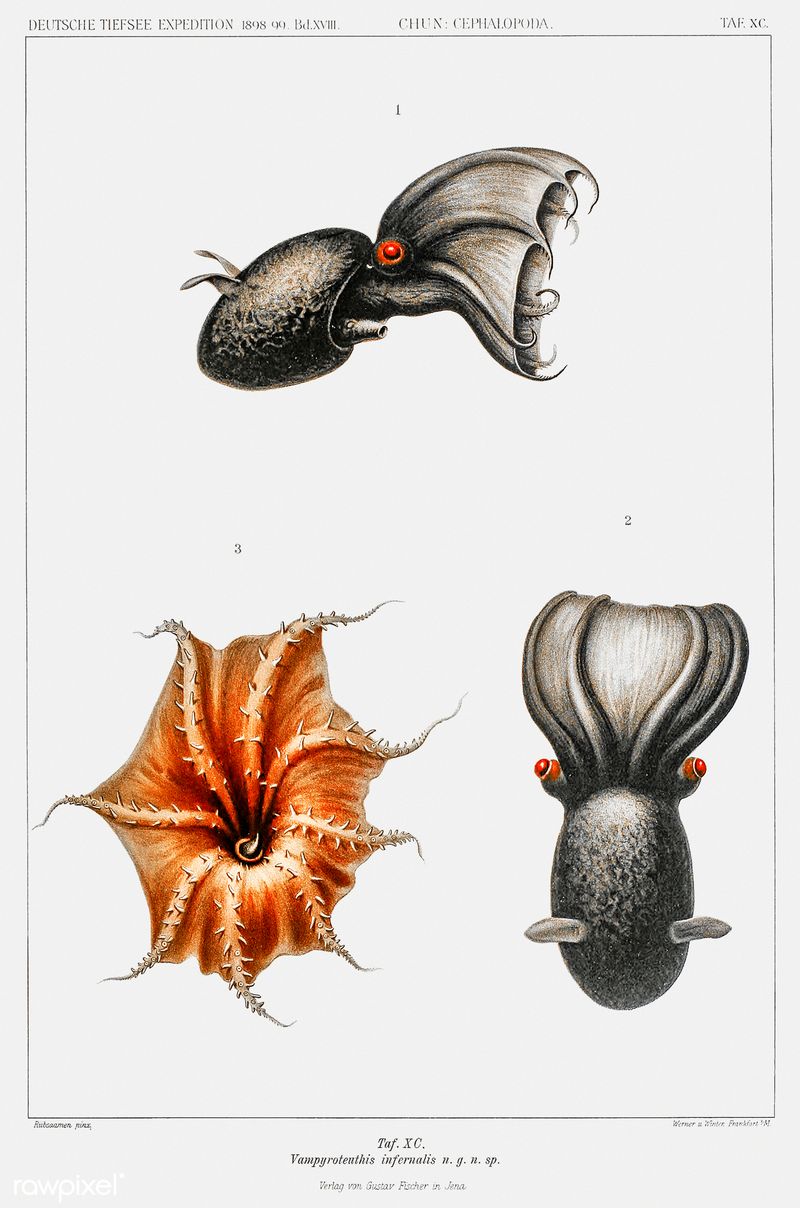
Dwelling in the dark abyss, the vampire squid seems enchanted. Its jet-black body and cloak-like webbing between arms resemble a miniature Dracula of the deep sea.
Bioluminescent organs create an eerie glow, mystifying its predators. Rather than preying on living organisms, it feeds on marine snow – a unique trait among cephalopods.
Despite its fearsome name, the vampire squid poses no threat to humans. Its graceful, drifting movements portray a mysterious elegance, captivating all who encounter it.
Axolotl
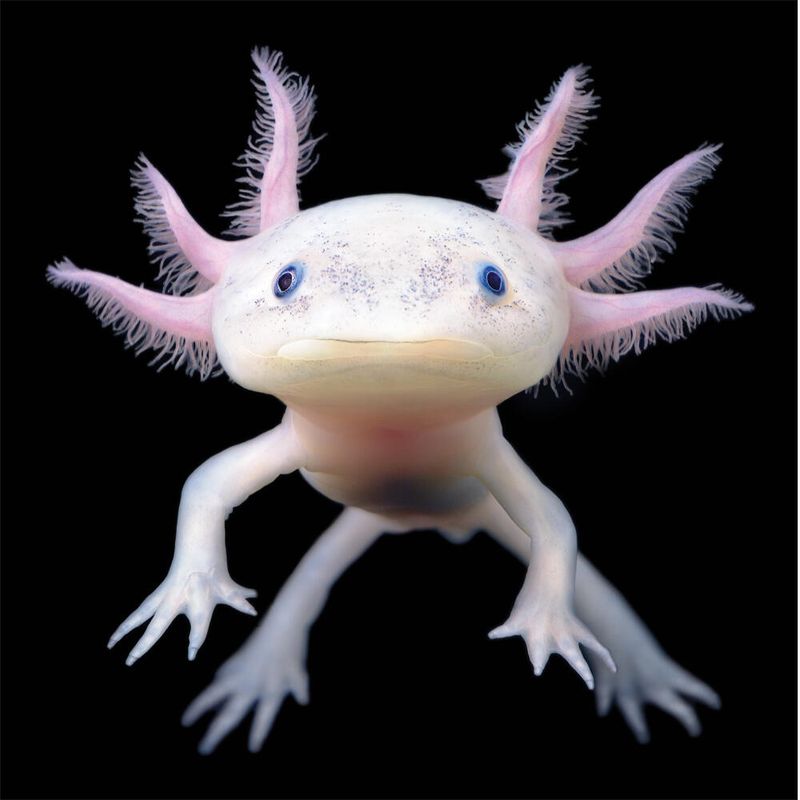
With a permanent smile and frilly gills, the axolotl is a salamander that never quite grows up. Residing in Mexico’s waterways, this creature retains its larval form throughout its life, showcasing a unique trait called neoteny. Its ability to regenerate limbs and organs has made it a subject of scientific fascination. This pink, almost ethereal creature, often likened to a Pokémon, thrives underwater without transitioning to land. Its gentle demeanor and extraordinary healing powers add to its otherworldly charm, making it a beloved yet critically endangered species.
Sunda Colugo
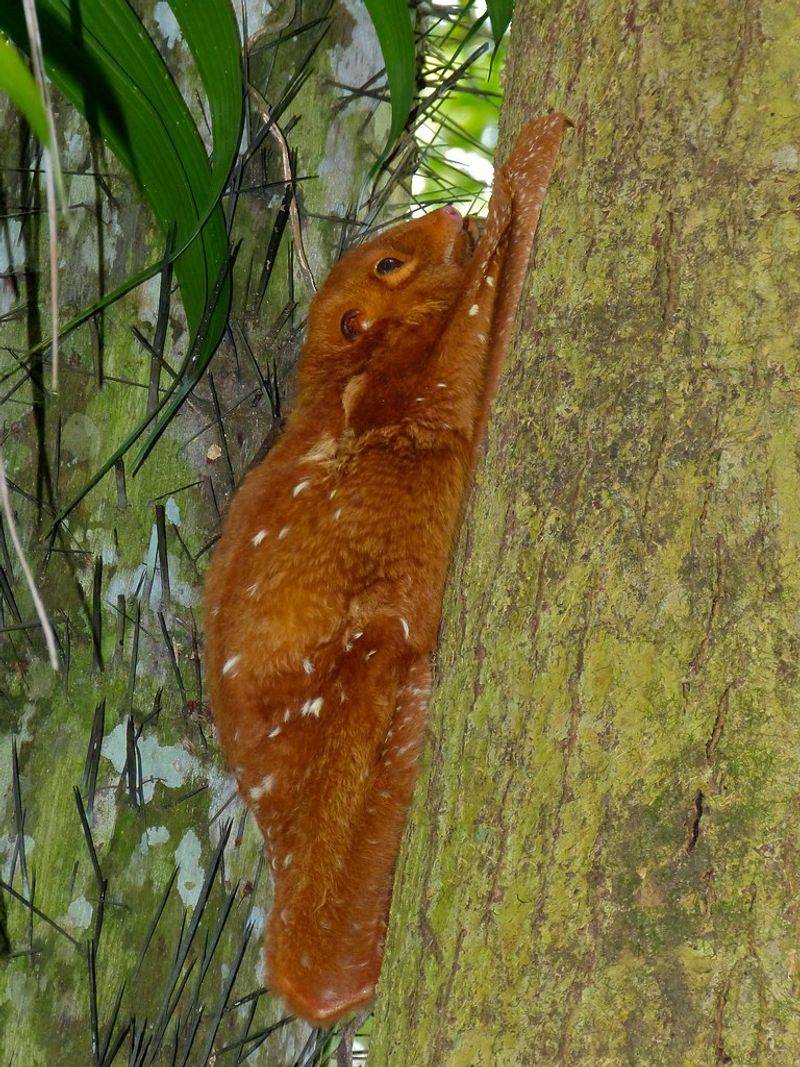
The Sunda colugo, or flying lemur, isn’t a lemur nor does it truly fly. Its expansive skin flaps allow it to glide over 100 meters between trees.
Nocturnal and solitary, it silently traverses the tropical rainforest. Its large eyes and strong limbs support its arboreal lifestyle.
Unbeknownst to many, the Sunda colugo has a unique digestive system adapted to a diet of leaves. This remarkable adaptation allows it to thrive in its leafy habitat.
Glass Frog
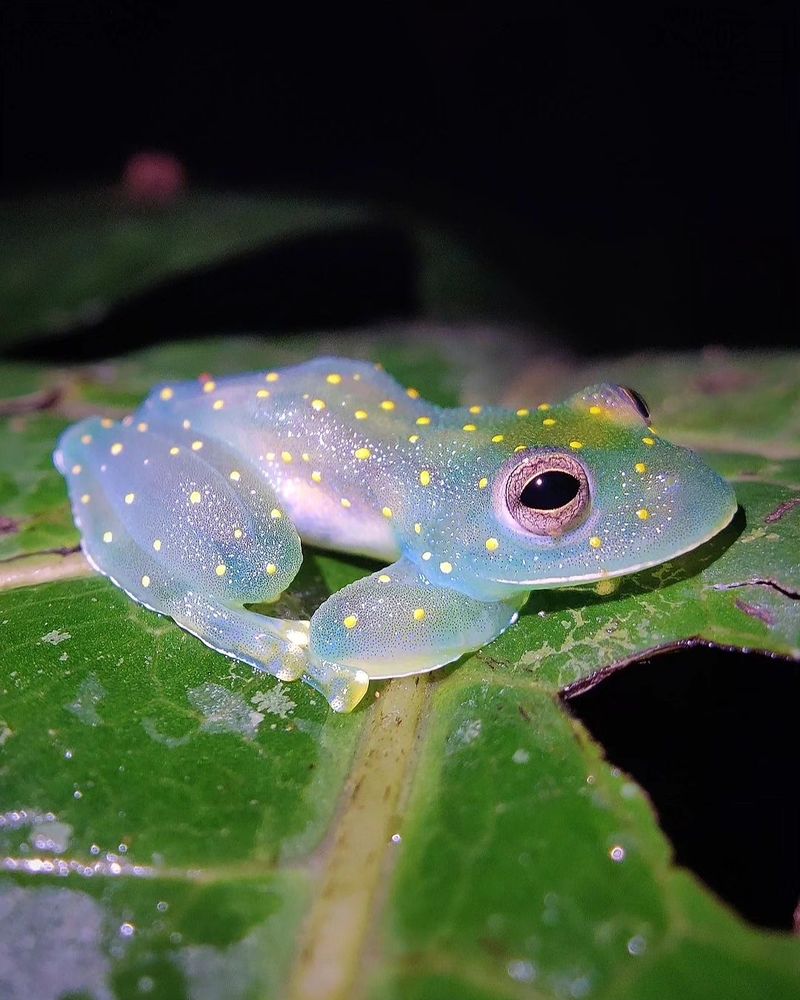
Perched upon rainforest leaves, the glass frog reveals its inner workings through translucent skin. Native to Central and South America, these amphibians display a striking adaptation that showcases their organs in plain view. This transparency aids in camouflage, blending seamlessly with their leafy surroundings. Their unique appearance not only dazzles observers but also provides a glimpse into the evolutionary wonders of nature. The glass frog’s ability to remain hidden in plain sight exemplifies the intricate balance of predator and prey in the rainforest ecosystem.
Saiga Antelope
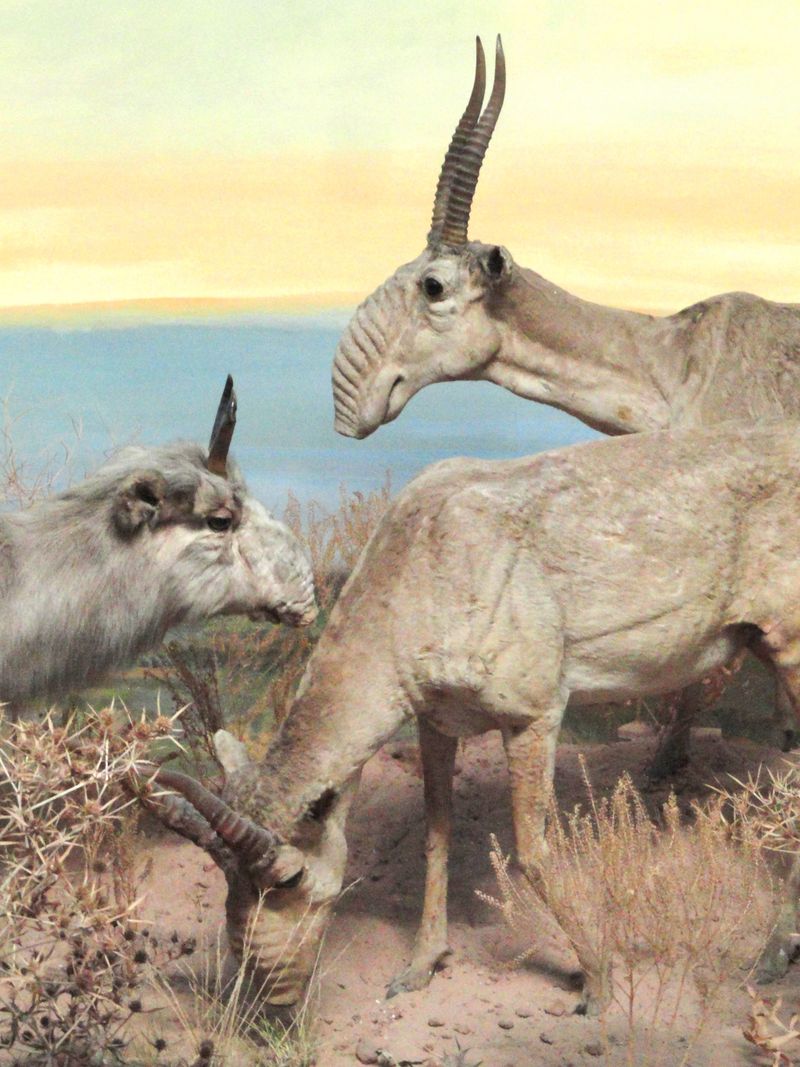
With its peculiar, oversized, and downward-facing nose, the saiga antelope looks like a creature from science fiction. This unique adaptation filters out dust and regulates body temperature.
Roaming the vast grasslands of Central Asia, the saiga is renowned for its swift and agile movements. Tragically, this fascinating antelope faces threats from poaching and habitat loss.
Do you know? The saiga’s nostrils expand dramatically during the rutting season, enhancing its bizarre appearance and serving a crucial role in its survival.
Leafy Sea Dragon
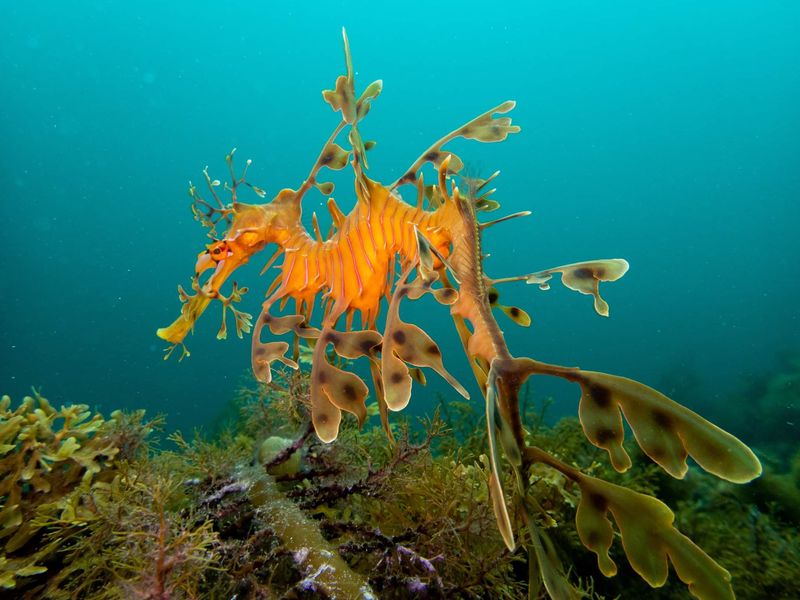
Disguised almost perfectly as floating seaweed, the leafy sea dragon is a master of camouflage. Found along Australia’s southern and western coasts, this marine marvel drifts gently, using leaf-like appendages for concealment rather than propulsion. Its intricate appearance and slow, mesmerizing movements create a spectacle that fascinates divers. Unlike its seahorse relatives, the leafy sea dragon lacks a prehensile tail, relying on its subtle mimicry to avoid predators. This incredible adaptation makes it one of the ocean’s most cryptic creatures.
Star-Nosed Mole
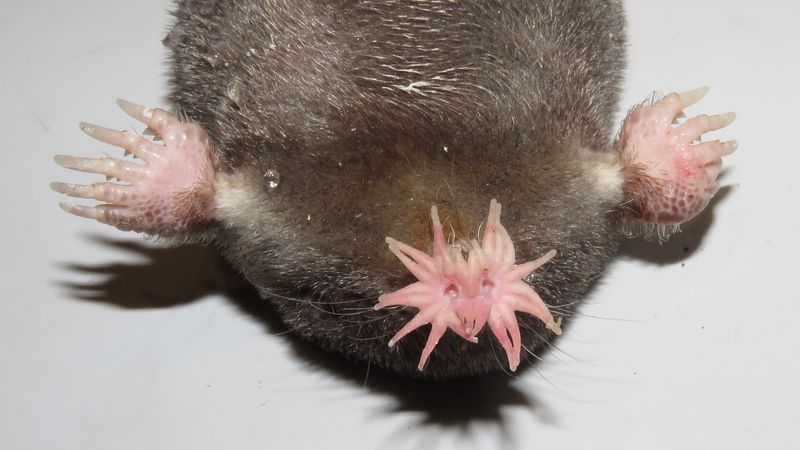
The star-nosed mole captivates with its bizarre appearance. Its nose, adorned with 22 pink, fleshy tentacles, is a sensory wonderland. Capable of detecting the faintest vibrations, it makes this mole a superb hunter.
Inhabiting wet lowland areas, it forages through muddy waters with unerring precision. This small, burrowing mammal is nearly blind but compensates with its extraordinary sense of touch.
Did you know? Its nose can identify and devour prey in as little as 120 milliseconds. Such efficiency is unmatched, making it a true marvel of nature.
Blobfish
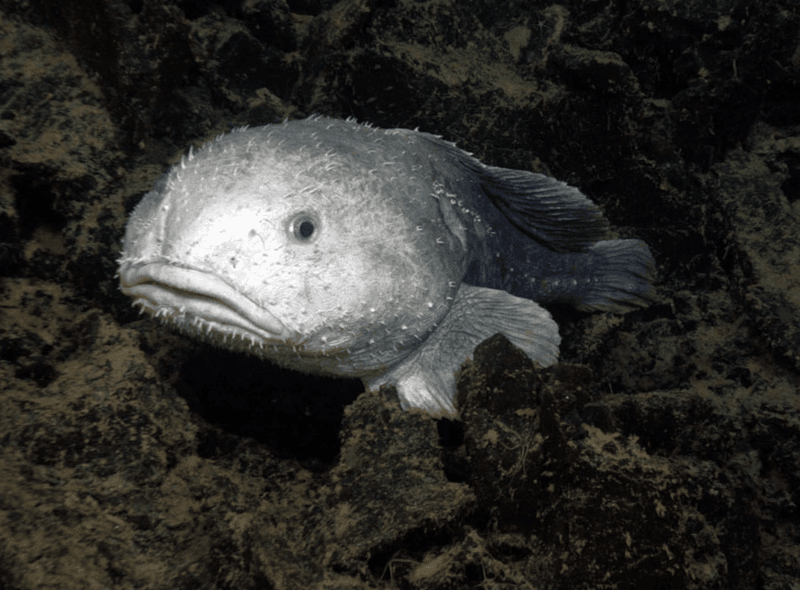
Considered by some as the world’s ugliest animal, the blobfish’s saggy, gelatinous form is perfectly suited for deep-sea life. Inhabiting the dark depths off Australia and New Zealand, this fish’s lack of muscle and buoyant density allow it to withstand extreme pressure. Out of water, it transforms into a droopy spectacle, earning its unflattering nickname. Despite appearances, the blobfish efficiently consumes sea floor detritus, playing a crucial role in its ecosystem. Its bizarre looks are a testament to life’s adaptability in the ocean’s most inhospitable realms.
Aye-Aye
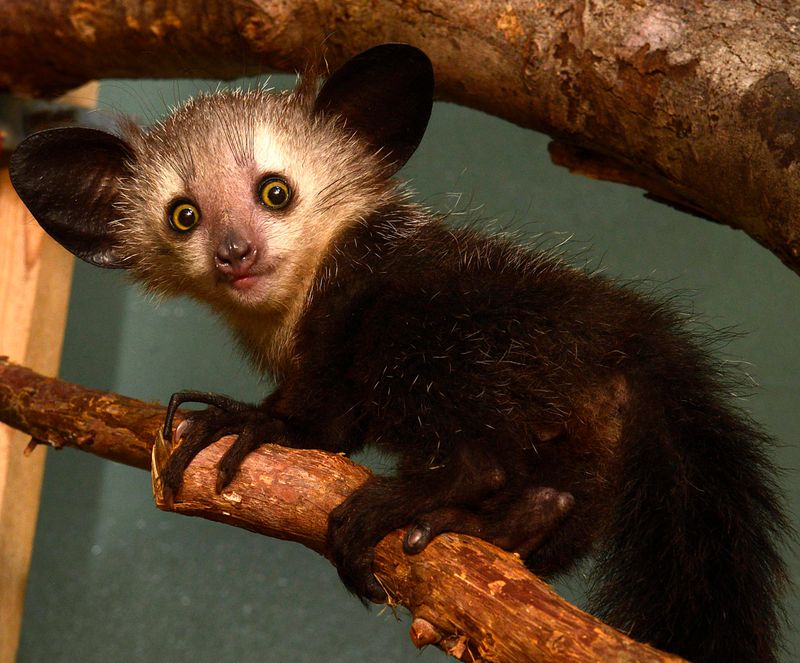
Dwelling in Madagascar’s forests, the aye-aye is a nocturnal primate shrouded in mystery. With oversized eyes and elongated fingers, it uses echolocation to find insects beneath tree bark. This unique foraging method, combined with its eerie appearance, has fueled local myths and legends. Often misunderstood, the aye-aye plays a vital ecological role by controlling insect populations. Despite its ghoulish reputation, conservation efforts strive to protect this intriguing creature from habitat loss and persecution.
Fossa
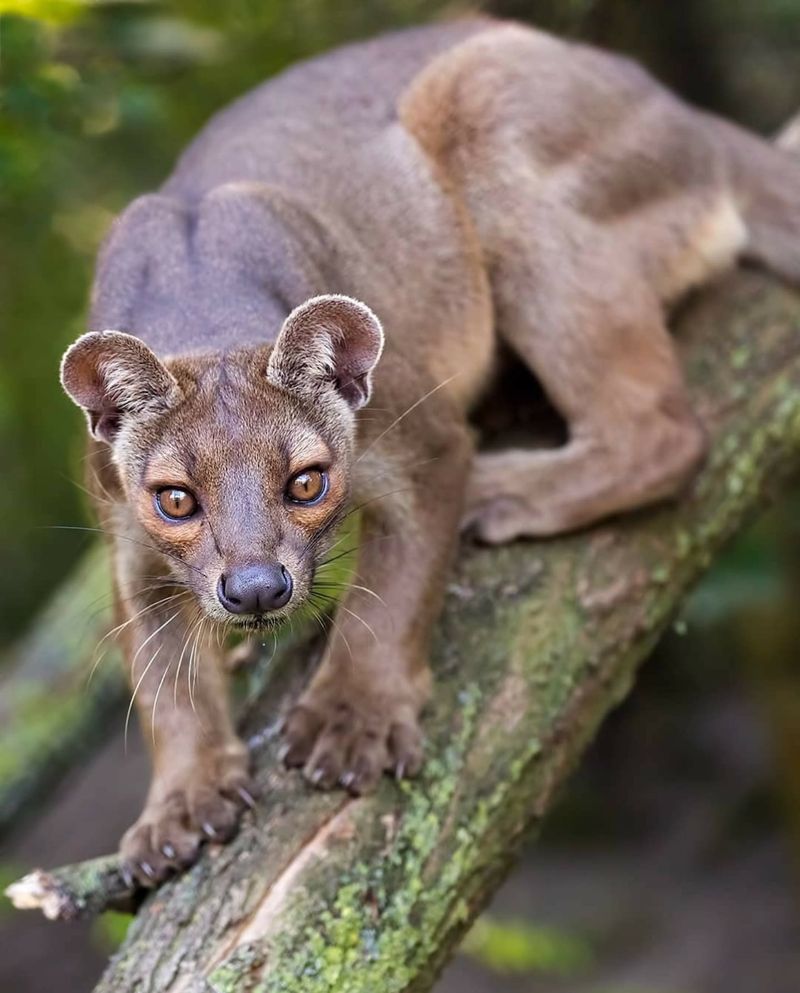
Lurking in Madagascar’s dense forests, the fossa is an agile predator that defies easy classification. Resembling a cat-mongoose hybrid, it has a slender body and retractable claws, enabling it to hunt lemurs with precision. As Madagascar’s top predator, the fossa’s role in maintaining ecological balance is critical. Its elusive nature and unique adaptations make it a subject of fascination for scientists. Despite its vital role, habitat destruction threatens its survival, prompting urgent conservation efforts to safeguard its future.
Mantis Shrimp
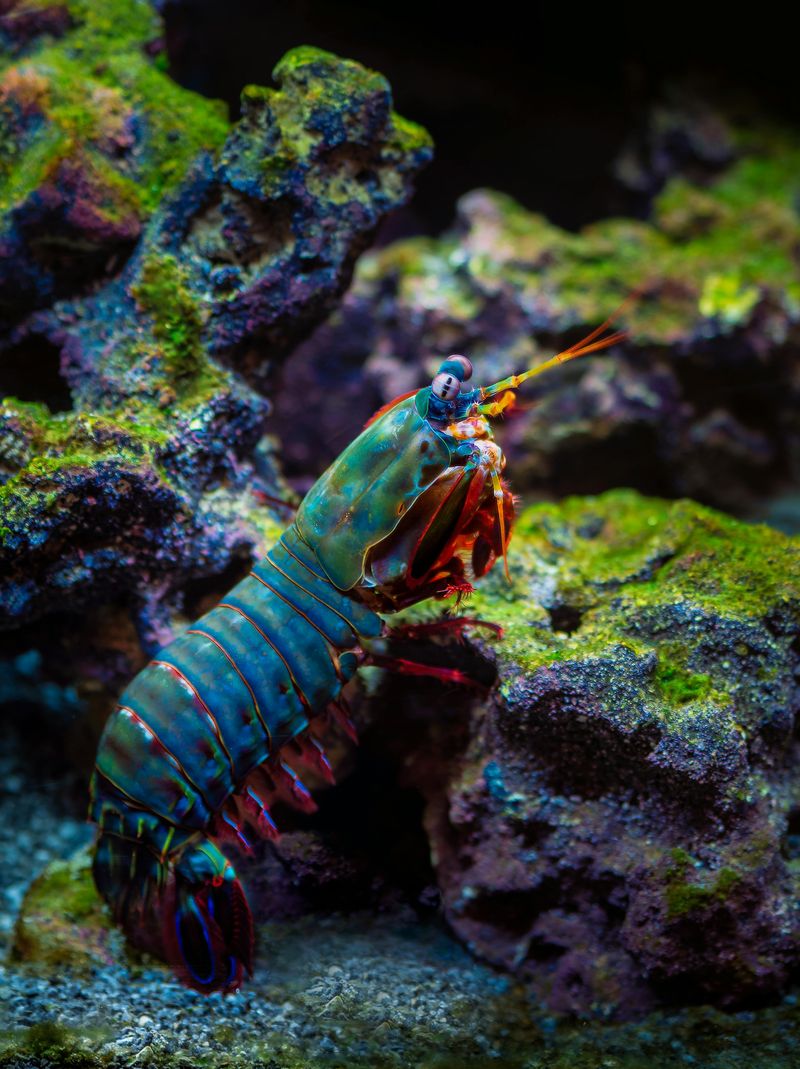
Renowned for its vibrant exoskeleton and formidable claws, the mantis shrimp is a marine powerhouse. Found in tropical oceans, this crustacean wields one of the fastest punches in the animal kingdom, capable of cracking shells and stunning prey. Its eyes, capable of detecting polarized light, provide an unparalleled view of the underwater world. The mantis shrimp’s incredible strength and vision have inspired technological innovations, highlighting nature’s ingenuity. This colorful creature continues to amaze researchers with its complex behavior and extraordinary capabilities.

